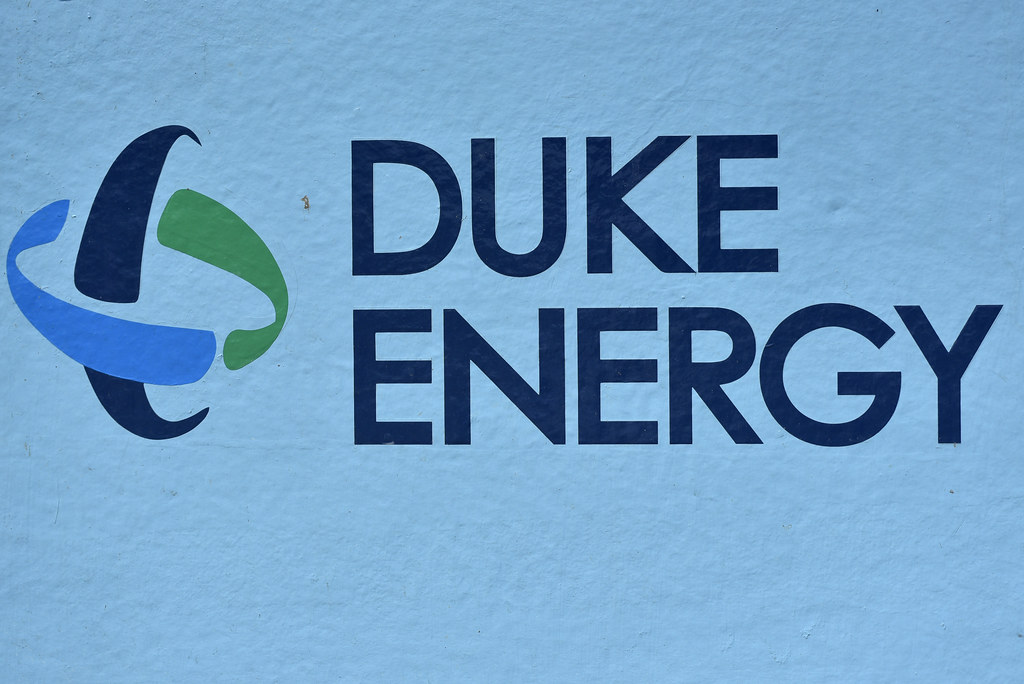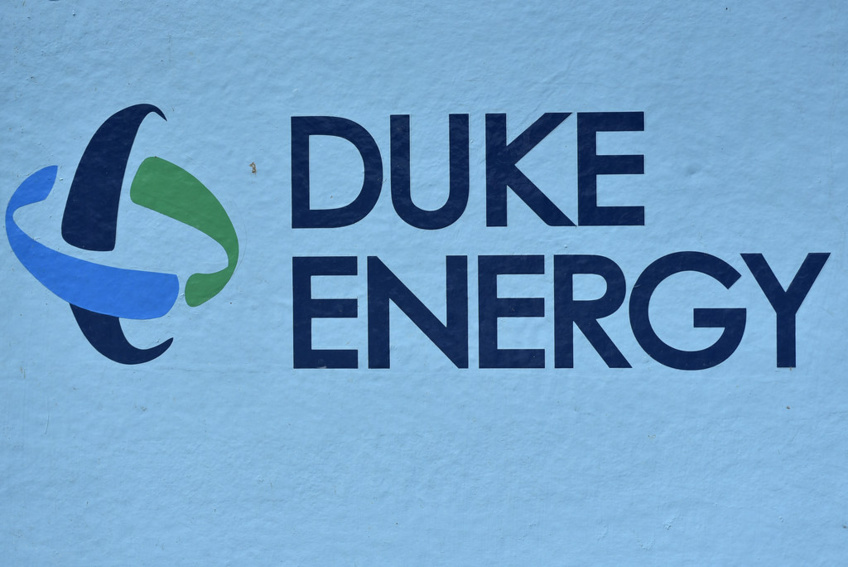Duke Energy has revealed plans to initiate a pioneering project in DeBary, Florida, marking the first instance in the U.S. of a successful end-to-end system for the production, storage, and combustion of 100% green hydrogen for clean energy. The groundbreaking system is a joint effort between Duke Energy, Sargent and Lundy, and GE Vernova, and will be situated at Duke Energy Florida’s DeBary plant in Volusia County, Florida.
Melissa Seixas, Duke Energy Florida state president, expressed the company’s commitment to continually evolve and explore avenues for delivering clean, safe energy solutions to their customers. She acknowledged DeBary as the location for Duke Energy’s premier green hydrogen production and storage system linked to existing solar power generation, and expressed gratitude to the city for accommodating this innovative technology.
The unique system will utilize the existing 74.5-megawatt (MW) DeBary solar plant to power two 1-MW electrolyzer units that will split water molecules into oxygen and hydrogen atoms. The oxygen will be released into the atmosphere, while the green hydrogen will be safely stored in nearby, reinforced containers. During peak energy demand periods, the stored green hydrogen will be supplied to a combustion turbine (CT) that will be upgraded with GE Vernova technology to operate on a natural gas/hydrogen blend or up to 100% hydrogen. This will be the first CT in the nation to operate on such a high percentage of hydrogen.
Key operational features of the system include safe, quiet energy generation and storage, optimization of on-site solar generation, access to on-demand (dispatchable) energy, and an end-to-end technology demonstration that could offer cost-effective decarbonization.
From an environmental perspective, the system offers no visual impact, zero greenhouse gas emissions, and the production of 100% green hydrogen from solar energy.
“Duke Energy anticipates hydrogen could play a major role in our clean energy future,” said Regis Repko, senior vice president of generation and transmission strategy for Duke Energy.
“Hydrogen has significant potential for decarbonization across all sectors of the U.S. economy. It is a clean energy also capable of long-duration storage, which would help Duke Energy ensure grid reliability as we continue adding more renewable energy sources to our system.”
Securing Future Dependability
Hydrogen, being a dispatchable energy source, is available on demand. Its availability is not tied to the time of day or weather conditions, unlike other renewable energy sources such as sun or wind, which are intermittent. Dispatchable energy adds a crucial layer of reliability, allowing for the integration of more intermittent energy sources while ensuring customer demand can be met, even during extended periods of high demand. The use of solar energy to produce green hydrogen optimizes solar plants. Without dispatchable energy sources at hand, reliance on intermittent energy sources could jeopardize our future electric system, potentially leading to an energy deficit in meeting customer demand.
Project Schedule
The demonstration project in DeBary is set to commence construction later this year, with an estimated completion time of about one year. Duke Energy projects that the system will be installed and fully operational by 2024.
To get more information on the project, click here.
Melissa Seixas, Duke Energy Florida state president, expressed the company’s commitment to continually evolve and explore avenues for delivering clean, safe energy solutions to their customers. She acknowledged DeBary as the location for Duke Energy’s premier green hydrogen production and storage system linked to existing solar power generation, and expressed gratitude to the city for accommodating this innovative technology.
The unique system will utilize the existing 74.5-megawatt (MW) DeBary solar plant to power two 1-MW electrolyzer units that will split water molecules into oxygen and hydrogen atoms. The oxygen will be released into the atmosphere, while the green hydrogen will be safely stored in nearby, reinforced containers. During peak energy demand periods, the stored green hydrogen will be supplied to a combustion turbine (CT) that will be upgraded with GE Vernova technology to operate on a natural gas/hydrogen blend or up to 100% hydrogen. This will be the first CT in the nation to operate on such a high percentage of hydrogen.
Key operational features of the system include safe, quiet energy generation and storage, optimization of on-site solar generation, access to on-demand (dispatchable) energy, and an end-to-end technology demonstration that could offer cost-effective decarbonization.
From an environmental perspective, the system offers no visual impact, zero greenhouse gas emissions, and the production of 100% green hydrogen from solar energy.
“Duke Energy anticipates hydrogen could play a major role in our clean energy future,” said Regis Repko, senior vice president of generation and transmission strategy for Duke Energy.
“Hydrogen has significant potential for decarbonization across all sectors of the U.S. economy. It is a clean energy also capable of long-duration storage, which would help Duke Energy ensure grid reliability as we continue adding more renewable energy sources to our system.”
Securing Future Dependability
Hydrogen, being a dispatchable energy source, is available on demand. Its availability is not tied to the time of day or weather conditions, unlike other renewable energy sources such as sun or wind, which are intermittent. Dispatchable energy adds a crucial layer of reliability, allowing for the integration of more intermittent energy sources while ensuring customer demand can be met, even during extended periods of high demand. The use of solar energy to produce green hydrogen optimizes solar plants. Without dispatchable energy sources at hand, reliance on intermittent energy sources could jeopardize our future electric system, potentially leading to an energy deficit in meeting customer demand.
Project Schedule
The demonstration project in DeBary is set to commence construction later this year, with an estimated completion time of about one year. Duke Energy projects that the system will be installed and fully operational by 2024.
To get more information on the project, click here.


 Duke Energy’s Green Hydrogen Project: A Leap Towards Dispatchable Renewable Energy
Duke Energy’s Green Hydrogen Project: A Leap Towards Dispatchable Renewable Energy





 Companies
Companies